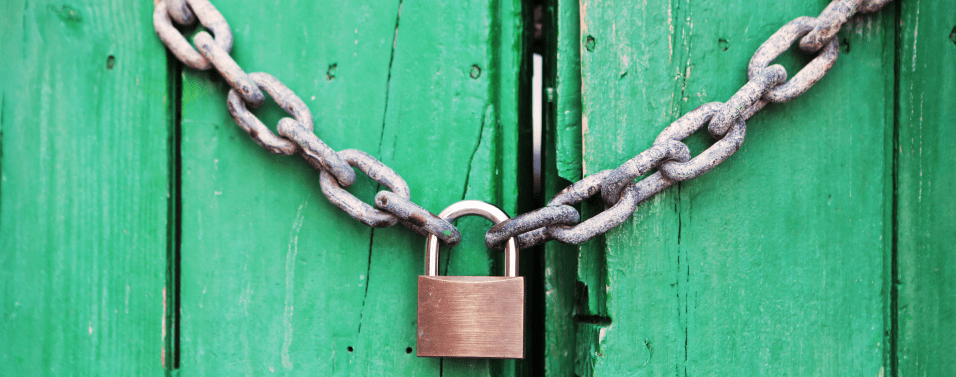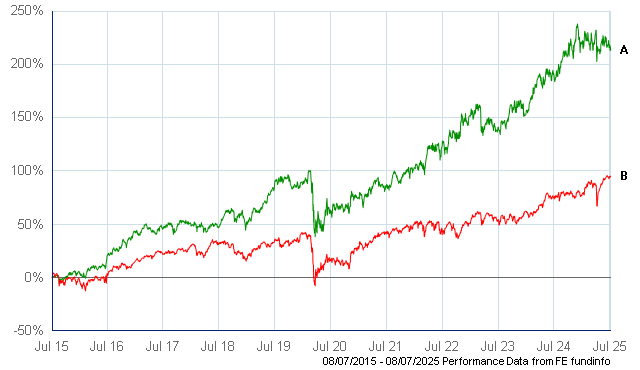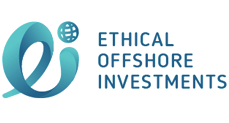The safest of safe havens
James Yardley – FundCalibre
2 July 2025

The pause on reciprocal tariffs ends on 8th July. While it may be the case that Donald Trump pulls a couple of trade deals out of the hat just in time to avoid triggering significant market volatility, it is equally plausible that he could decide to double-down. Investors would be forgiven for gravitating to safer options in the months ahead.
But what are those safer options?
The problem is that a lot of previously safe options no longer look quite so benign. US treasuries, for example, have been a reliable portfolio ballast at times of significant economic stress, but with a high and growing debt burden and a weaker dollar, it’s become more difficult to make the case. The passing of the ‘big beautiful bill’ this week is likely to add to the fiscal woes of the US, and shows that Donald Trump has no real intention of tackling the deficit.
The other reliable safe haven has been gold. However, its price has risen around 27% for the year to date*. It is notable that it hasn’t protected investor capital during the recent tensions in the Middle East. Instead, it has been steadily dropping since the start of June. This may suggest its protective qualities are outweighed by its high price.
Within equities, safe havens are also more difficult to find. However, certain strategies can still offer some degree of protection for a portfolio. For example, funds with a lower beta (a measure of how sensitive a fund or stock is to movements in the broader market), such as Polar Capital Global Insurance, can help reduce volatility and downside risk, which can help cushion a portfolio during periods of market downturns. In addition, funds that focus on high-quality companies or defensive sectors like consumer staples tend to be more resilient during periods of economic stress.


A. Polar Capital Global Insurance
B. FTSE All Share Index
Another effective option is absolute return funds, such as BlackRock European Absolute Alpha or Janus Henderson Absolute Return. These funds can generate positive returns even when markets are falling, using strategies like short selling (where they profit from declining prices) offering an added layer of protection in uncertain environments.
Bond market tactics
For the most part, strategic bond fund managers are not avoiding US treasuries completely, but are sticking to shorter-dated bonds, which hold less interest rate risk. Stuart Chilvers, co-manager on the Rathbone Greenbank Global Sustainable Bond, says longer-dated bonds are where investors tend to focus most on the longer-term outlook for inflation and economic growth: “The 30-year US Treasury yield was just above 4% at the start of 2024, but it’s been well above 5% for much of this year and it soared to 5.50% ahead of the lower house vote.”
The fund doesn’t buy US treasuries anyway, which don’t meet its ethical screening criteria. However, their alternative is to buy supranational bonds, such as those issued by the InterAmerican Development Bank (IADB). It has also added to its long-duration Green Gilts.
Ariel Bezalel, manager of the Jupiter Strategic Bond fund, says: “It’s not just about picking the right government bond markets, but where you are on the curve. Having large exposure to the short-end in the US, and having decent exposure to gilts, bunds, Australian and New Zealand bonds has helped drive returns.” This is helping to shore up the defensiveness of the fund.
Gold as a diversifier
On gold, Ned Naylor-Leyland, manager of the Jupiter Gold & Silver fund, says the price has been buoyed by the weakness in the treasury market and the dollar. He believes it can retain its position as a safe haven at times of market stress: “It can serve as both a store of value and a powerful portfolio diversifier, especially when combined with silver and mining equities.”
However, investors need to bear in mind that they are paying more for the protection it provides. As with all insurance, it tends to cost more after your house is on fire, and this may be the case for gold today. Buying a diversified fund, which invests in both gold equities, silver equities and other precious metals, may be a way to get the same protection, but at a lower price.
A multi-pronged approach
Ninety One Diversified Income is another defensive option for investors. It has capital preservation as a key part of its mandate. Its managers recognise the problems inherent in US treasuries and are taking a three-pronged approach to building safety into the current portfolio: identifying individual credits that have their own micro return drivers, ensuring sufficient geographic diversification and not relying on US treasuries for safety, but diversifying into European corporate or high-quality asset-backed bonds**.
Within equities, rather than a pure value approach, investors could look to the stabilising power of income in this environment. BNY Mellon Multi-Asset Income is a good choice for diversified income. It has a yield of 4.35%, with 53% in equities and 22% in alternatives***. It has a high weighting in the UK (44%)***, so avoids many of the risks associated with US dollar weakness.
Investors may not be able to rely on the easy defensive options any more. US treasuries and gold still have a place as safe havens, but need to be approached in a different way. Elsewhere, investors can find safety in funds that are thinking creatively about preserving capital, or those that pay a reliable income. All of these options should provide some portfolio protection should the next round of tariffs prove tumultuous for financial markets.
*Source: Goldprice.org, price performance in USD, at 2 July 2025
**Source: Ninety One, 6 May 2025
***Source: fund factsheet, 31 May 2025
Please Note:
This article was first published by Fund Calibre and is provided for information only. The views of the author and any people quoted are their own and do not constitute financial advice. The content is not intended to be a personal recommendation to buy or sell any fund or trust, or to adopt a particular investment strategy. However, the knowledge that professional analysts have analysed a fund or trust in depth before assigning them a rating can be a valuable additional filter for anyone looking to make their own decisions. Past performance is not a reliable guide to future returns. Market and exchange-rate movements may cause the value of investments to go down as well as up. Yields will fluctuate and so income from investments is variable and not guaranteed. You may not get back the amount originally invested.
Please speak to Ethical Offshore Investors or your personal adviser BEFORE you make any investment decision based on the information contained within this article.
At Ethical Offshore Investments, we can access the funds mentioned in this article on the various offshore investment platforms we offer. We do NOT CHARGE any additional entry and/or exit fees to purchase these funds for our clients.
As we aim not to use commission paying funds, we will access the lowest charging version of the managed fund that is available on the relevant platform…… resulting in more of the investment growth staying in your pocket.
Speak with Ethical Offshore Investments to learn how you can save on your investments costs
Socially Responsible Investing – Ethical Business Standards
